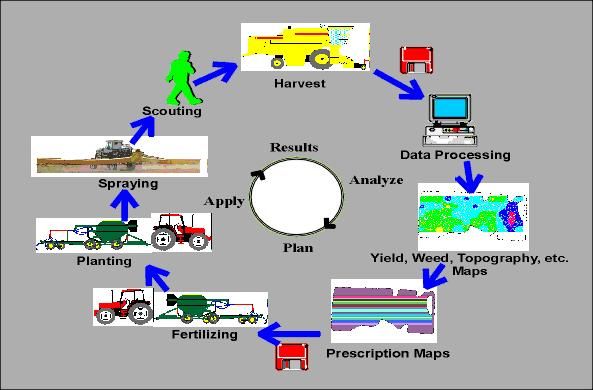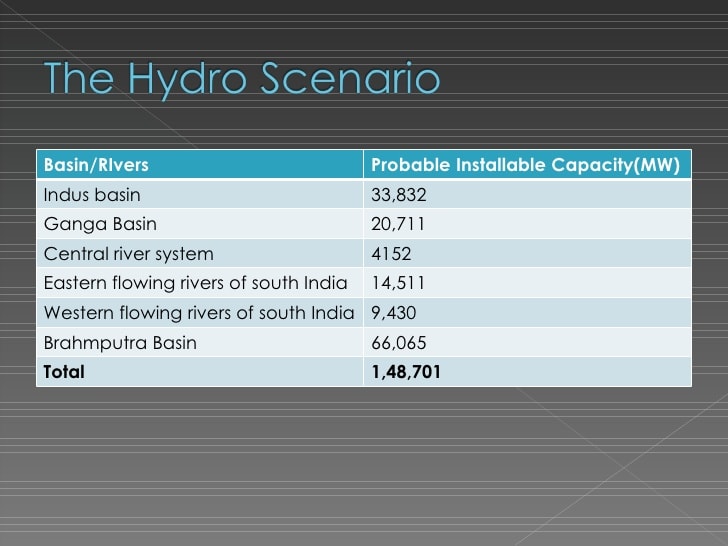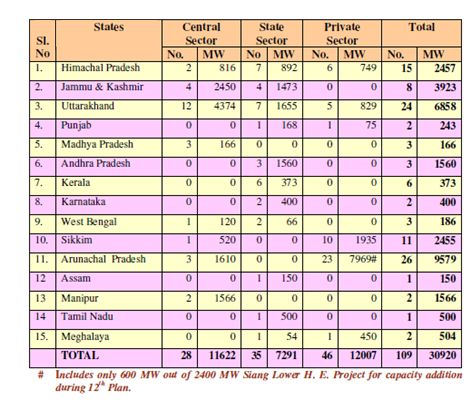IASbaba's Daily Current Affairs Analysis, IASbaba's Daily Current Affairs September 2015, National, UPSC
Archives
IASbaba’s Daily Current Affairs- 19th September, 2015
NATIONAL
A second green revolution in India
- In an effort to tackle sluggish long-term agricultural growth in India, the present union government is calling for a second Green Revolution.
- Almost one in every two Indians relies on agriculture for livelihood, yet India still has the second highest number of undernourished people in the world.
- It is not surprising, therefore, that our government wants to promote a return to that golden era of the 1970s and 80s, which saw record yields thanks to the technologies made available at the time — we had improved high yielding varieties of rice and wheat, better irrigation, fertilisers, and pesticides.
- But the agricultural landscape has changed drastically since this intervention, that a second Green Revolution is going to need an entirely new approach, and an entirely new set of technologies especially when climate change is tightening its grip and threatening food supply, not just in India but worldwide.
Focus on precision farming:
Precision agriculture is a farming management concept based on observing, measuring and responding to inter and intra-field variability in crops with the use of GPS.

Precision agriculture aims to optimize field-level management with regard to:
- Crop science: by matching farming practices more closely to crop needs (e.g. fertilizer inputs);
- Environmental protection: by reducing environmental risks and footprint of farming (e.g. limiting leaching of nitrogen);
- Economics: by boosting competitiveness through more efficient practices (e.g. improved management of fertilizer usage and other inputs).
- We now have a wealth of data at our disposal, which, if harnessed appropriately, can help farmers make the most efficient use of vital inputs such as water and fertiliser by applying them in precise amounts.
- A new mobile phone application called MITRA©, for example, is being developed in Tamil Nadu, that will give site-specific recommendations to farmers on the correct fertiliser dose, based on data from the local department of agriculture. It is able to operate offline for farmers in remote areas who do not have internet access. This prevents the farmer from wasting important inputs, and also reduces agriculture’s impact on the environment.
Technological interactive applications: The need of hour
Mobile-based applications for farmers will form an important part of the data-driven precision agriculture approach.
- But it is important to ensure that this meets the needs of the farmer.
- Research carried out by the International Maize and Wheat Improvement Center, Mexico, found that these applications need to be interactive; the farmer must have a way of asking questions and giving feedback, either through a helpline or via “field scouts” who visit the villages receiving the mobile-based information.
- The research also showed that a wider range of issues needs to be tackled in addition to input use, such as how to deal with pests, and new climate-resistant crop varieties.
Another major challenge is the evidence that groundwater stocks are rapidly depleting.
- Groundwater sustains around 60 per cent of agriculture in India, while 80 per cent of the people living in rural areas use groundwater for their domestic needs.
- Laser levelling is a technology that can grade an agricultural field to a flat surface by using a laser-guided scraper.
- Laser levelling has been shown to improve crop yields, reduce labour time spent weeding, and, in particular, reduce water use for irrigation by up to 20-25 per cent.
Way Forward:
- Although the challenges to bringing a second Green Revolution to India are immense, it is not impossible.
- India has led the charge before, and yielded phenomenal results.
- But we must recognise that success will be just as much about using resources efficiently, as about increasing yield. If we consider these two equally, we will succeed.
Connecting the dots:
- Comment on the socio economic and ecological impacts of green revolution in India.
- To tackle the sluggish long-term agricultural growth in India, a second green revolution is the need of the hour. Critically analyse.
- According to you what should be the components of second green revolution and why.
Hydroelectric Power (HEP) in India: An analysis
- Hydropower is a renewable energy resource because it uses the Earth’s water cycle to generate electricity.
- The movement of water as it flows downstream creates kinetic energy that can be converted into electricity.
- The hydro capacity of our country has risen from a meagre 508 MW at the time of Independence to about 41,650 MW today.
HEP potential in India :
- India is blessed with immense amount of hydro-electric potential and ranks 5th in terms of exploitable hydro-potential on global scenario.
- As per assessment made by Central Electricity Authority(CEA), India is endowed with economically exploitable hydro-power potential to the tune of 1 48 700 MW of installed capacity.
- The basin wise assessed potential is as under-

- In addition, 56 number of pumped storage projects have also been identified with probable installed capacity of 94 000 MW.
- In addition to this, hydro-potential from small, mini & micro schemes has been estimated as 6 782 MW from 1 512 sites.
- Thus, in totality India is endowed with hydro-potential of about 2 50 000 MW.
Total installed capacity :
The total installed capacity of India is 36878 MW.

Barriers to HEP :
The energy of running water has been exploited for very many years. However, traditional approaches have suffered disadvantages due to environmental factors. For example:
- Building a dam across a river floods the land that would otherwise be available for use, alters the landscape, affects the local community that would have lived and worked on the flooded land, alters the character of the river, and prevents the free movement of fish.
- Diverting a river affects the nature of the countryside and does not lend itself to use on a large scale.
- Permanent complete or partial blockage of a river for energy conversion is adversely affected by variations in flow.
- Building large-scale hydro power plants can be polluting and damaging to surrounding ecosystems. Changing the course of waterways can also have a detrimental effect on human communities, agriculture and ecosystems further downstream.
- Hydro projects can also be unreliable during prolonged droughts and dry seasons when rivers dry up or reduce in volume.
Way Forward:
- The share of HEP in total power generation rose in the initial Five Year Plan but has reduced gradually over the years. It is expected to be a mere 15 per cent by 2020.
- One important thing that the government can do to promote HEP is to reduce tariff on hep and make electricity generated from hep more competitive.
- Section 62 of the Electricity Act calls for the above mechanism by a regulatory commission.
Connecting the dots:
- Comment on the importance of HEP in India.
- HEP in India is largely underutilised. Critically analyse.
- What are the barriers that have made HEP in India underutilised.













